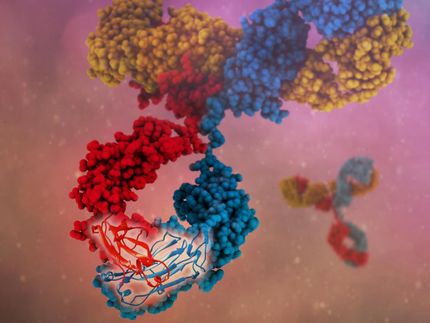Breakthrough in plant medicine production at Wageningen UR
Advertisement
A research team including scientists from Plant Research International and Wageningen University has succeeded in further unravelling and manipulating the Glycosylation of proteins in plants. This is the result of the research soon to be published in "The Plant Cell". The scientists expect that this knowledge will allow plants to be applied more often in the production of therapeutic proteins. The discovery fits in with technology developed by Plant Research International for the production of biopharmaceuticals in plants.
Proteins in plants, animals and people are equipped with various sugar chains in a process known as glycosylation. The sugar chains are of significance to the functioning of many proteins. Moreover, their identity and uniformity is crucial to the quality of therapeutic proteins.
The glycosylation of proteins in plants, people and animals basically consists of three stages. Initially sugar chains are constructed, which then attach to the protein in specific locations. Finally, the sugar chains are further modified as specific sugars are attached to the chain.
"We are the first institute in the world to identify a gene in plants that is involved in the construction of these sugar chains, the first stage in glycosylation," says scientist Maurice Henquet. "It seems that the chains become increasingly uniform as the expression of this gene is reduced." One type of chain, a relatively simple one, is mainly developed. The sugar chains which are attached to the proteins are therefore a better starting point for making adjustments that are designed to optimise the biological function as medicine.
"From now on we will be able to improve the manipulation of glycosylation," Henquet continues. "And plants will become even more suitable for medicine production."
Original publication. "Identification of the gene encoding the 1,3-mannosyltransferase (ALG3) in Arabidopsis and characterization of downstream N-glycan processing"; The Plant Cell 2008.


















































